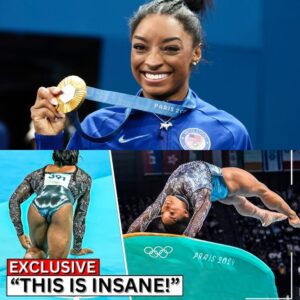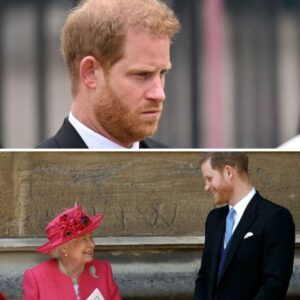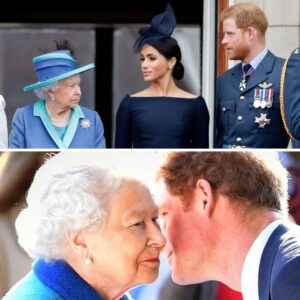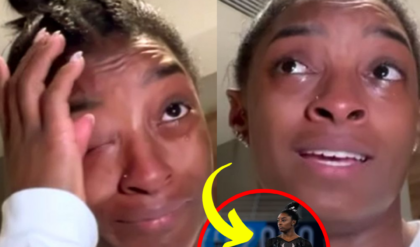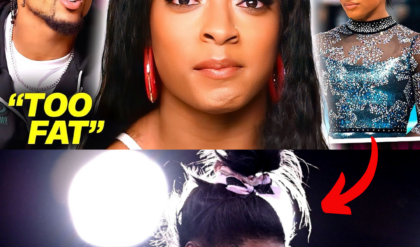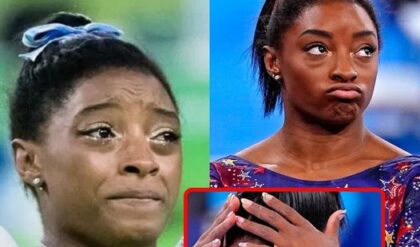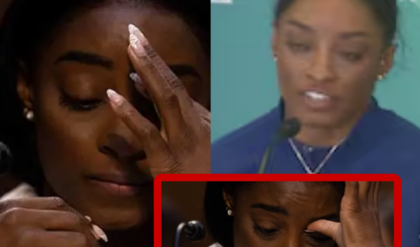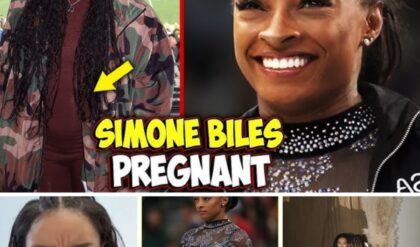Queen Elizabeth’s relationship with the late Princess Diana has come under a social media spotlight since news broke that Britain’s longest-reigning monarch had died at the age of 96.
Shortly after the announcement of the queen’s passing at Balmoral Castle in Scotland, a wave of memes flooded Twitter. They showed Diana furiously greeting the sovereign in the afterlife—a nod to the two’s apparently fraught relationship.
Because of Diana’s failed marriage to the queen’s eldest son, who will now become King Charles III, it was widely accepted that there was no love lost between the two women over the years. But did the queen and Diana actually get along? Newsweek has looked into accounts of their relationship.

While the royal family made headlines when Princes William and Harry married so-called commoners—Kate Middleton and Meghan Markle, respectively—Diana came from family stock traditionally deemed suitable for a future king when she married Charles in 1981.
Queen Elizabeth was godmother to Charles Spencer, Diana’s younger brother, while the young bride’s father, Viscount Althorp, had served as the queen’s equerry. Both of her grandmothers had served as ladies-in-waiting to Elizabeth’s mother, the Queen Mother.
Diana was born and raised at Park House, on the grounds of the royal estate in Sandringham, Norfolk, which made her a neighbor of the royals. Charles even briefly dated Diana’s older sister, Lady Sarah McCorquodale.
‘Terrified’ of the Queen
Although Diana had spent much of her early life around the royals, Andrew Morton wrote in Diana: Her True Story, his 1992 biography, that the new wife was “terrified” of her mother-in-law.
“She kept the formal obsequies—dropping a deep curtsy each time they met—but otherwise kept her distance,” Morton wrote.
Meanwhile, serious problems emerged in her new marriage. Diana realized that Charles had never ended his affair with his now-wife, Camilla Parker Bowles, and the princess descended into depression and bulimia.

Royal biographer Ingrid Seward wrote in her book The Queen & Di that nobody came to Diana’s aid throughout her troubles.
“Nearly everyone, from the queen to the staff who looked after Diana, attributed her behavior to a bad case of ‘nerves,'” Seward wrote.
But according to the book, the queen became more “understanding of Diana’s difficulties” as time went on, with the two developing a close bond.
“I have the best mother-in-law in the world,” Seward said Diana once told her.
Marital Turbulence
However, as Diana’s marriage to Charles become more troubled in the 1990s, it was reported that her relationship with the queen was also negatively affected.
Seward wrote that the monarch purportedly grew to dread unscheduled visits from her daughter-in-law. “A footman said, ‘The princess cried three times in a half an hour while she was waiting to see you,'” Seward’s book says. “The queen replied, ‘I had her for an hour—and she cried nonstop.'”
Diana and Charles eventually announced their separation in 1992, the same year that Morton’s tell-all on the princess sent shockwaves in royal circles. Diana told Morton that she got on “very well” with the queen and her father-in-law, Prince Philip, “but I don’t go out of my way to go and have tea with them.”

Weeks after the show’s interview aired, and following years of Diana and Charles living in apparent matrimonial limbo, the queen’s intervention led to the two formally ending their marriage.
A statement from Buckingham Palace said at the time: “After considering the present situation, the Queen wrote to both the Prince and Princess earlier this week and gave them her view, supported by the Duke of Edinburgh, that an early divorce is desirable.
“The Prince of Wales also takes this view and has made this known to the Princess of Wales. The Queen and the Duke of Edinburgh will continue to do all they can to help and support the Prince and Princess of Wales, and most particularly their children, in this difficult period,” the statement said.
The former couple reached a settlement in July 1996. Diana would die the following year in a car crash in Paris on August 31.
Handling Diana’s Death
When the news of Diana’s tragic death at the age of 36 reached Britain, the queen was staying at Balmoral, where Princes Charles, William and Harry were also visiting.
The queen’s immediate response was to keep her grandchildren at the castle to recover from the initial shock of the news and to begin to come to terms with the grief of losing their mother.
However, a growing sense of resentment built among members of the public, who felt that the monarch should lead the nation’s mourning for the princess, who had been enormously popular.
After five days in which the monarchy was repeatedly criticized for showing a lack of compassion, the queen and members of the royal family traveled to London ahead of Diana’s funeral service.
When she arrived in London, the queen and Prince Philip broke with tradition by stopping their cars outside the gates of Buckingham Palace to view the floral tributes that had been left by mourners.
The royal couple then spoke with members of the gathered crowd and expressed their sympathies. The queen then entered the palace to make a special live TV broadcast to the nation.
During this broadcast, she said, “I want to pay tribute to Diana myself. She was an exceptional and gifted human being.
“In good times and bad, she never lost her capacity to smile and laugh, nor to inspire others with her warmth and kindness. I admired and respected her—for her energy and commitment to others, and especially for her devotion to her two boys.
“This week at Balmoral, we have all been trying to help William and Harry come to terms with the devastating loss that they and the rest of us have suffered,” she said.
The speech made a huge impact on the public, whose attitude toward the monarchy’s initial reaction to the tragedy soon changed.
News
Simone Biles JUST MADE HISTORY With This NEW VAULT ROUTINE
Simone Biles JUST MADE HISTORY With This NEW VAULT ROUTINE . . . Simone Biles: A Triumphant Return and a Legacy of Greatness Simone Biles, widely regarded as the greatest gymnast of all time, has once again captured the world’s…
‘Haters hate it, so I love that even more’: Simone Biles explains goat pendant backstory
Simone Biles has said the goat pendant she wore after winning her sixth Olympic gold medal, and her second of the Paris Games, was a reminder of those who doubted her. “It’s a little ode [the goat pendant] … I…
Simone Biles’ brilliant comeback and other takeaways from the individual all-around gymnastics final | CNN
Simone Biles is once again the Olympic gold medalist in individual all-around gymnastics after winning one of the most dramatic finals of these Paris Olympics. Biles held off a spirited challenge from brilliant Brazilian Rebeca Andrade, who once again won silver…
Eight Years Later, Simone Biles Wins Second Gold in Women’s All-Around Final; Suni Lee Secures Bronze
PARIS — Simone Biles’ place in gymnastics history reached new heights Thursday night. She took home a second gold medal in the women’s all-around final with a score of 59.131, narrowly beating Rebeca Andrade of Brazil eight years after earning her first….
Prince Harry ‘sparks Palace anger’ with ‘tasteless’ claims about late Queen
In recent interviews, Prince Harry has talked about the special bond he enjoyed with his late grandmother the Queen and claimed she supported him in his legal battles before his death – but according to a royal expert, this has…
Late Queen’s ‘heartbreaking’ two-word reaction after Prince Harry left Royal Family
A royal expert has claimed that the late Queen Elizabeth II was left heartbroken when her grandson Prince Harry made the decision to leave his senior royal role and move to the US Queen Elizabeth II, Meghan, Duchess of Sussex…
End of content
No more pages to load
